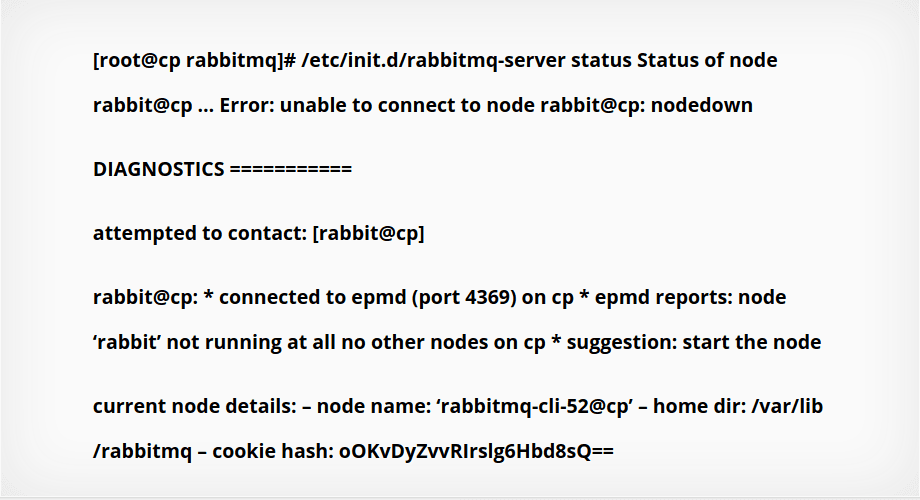It is crucial for small to large businesses they should document everything for their companies. Some organizations develop knowledge bases for their employees and clients alike. Some of them use the knowledge bases on-premises, and others publish them online.
LogSeq is the ultimate solution for a centralized knowledge base where your clients can access all of your documentation without sacrificing anything
Here at Ibmi Media, we shall look into how to install LogSeq on Debian 11 Bullseye system.
Main features of Logseq includes:
- It is an application with Multiplatform support.
- Officially, Logseq is still in beta phase.
- In the program options we can change the theme of the interface, the language, and more.
- Count with one Markdown editor.
- Offer psychological therapy to employees Org mode file support.
- We can set page references and blocks (links between them).
- They can be performed page embeds and blocks to add citations/references.
- It also includes support for adding tasks and to-do lists.
- It will offer us the possibility of add tasks according to priority or by order.
- We will find the ability to publish pages and access them using localhost or GitHub pages.
- Another noteworthy feature is the possibility to create a template from your existing resource, to reuse it.
- The program will give us the possibility of add more functionality through plugins. We can install these from the program interface.
- May add aliases to pages.
- ExcaliDraw integration and Zotero.
- It will allow us to add a custom theme just creating a file custom.css.
- The program is going to offer us a good quick help section to consult.
- The program interface will allow us to use custom keyboard shortcuts.
Steps to Install LogSeq on Debian 11 Bullseye Using AppImage
1. Download LogSeq AppImage
LogSeq is a cross-platform application and comes in only three executable binaries for desktop users. For Linux, in our case Debian 11, We will download AppImage format to install it on our system. You can find an AppImage file in the project release page. In addition to using your web browser to download this file, you can also use wget from the terminal (Ctrl+Alt+T) to download the latest version (beta):
$ wget https://github.com/logseq/logseq/releases/download/0.6.0/Logseq-linux-x64-0.6.0.AppImage The AppImage format is used when we do not install a package exactly instead we make it a portable software. Applications run without superuser permissions.
LogSeq does not need to verify any dependency. The full binary comes in one single file.
2. Make the Executable of AppImage Binary
To make the executable of an AppImage, simply use the command line interface. Locate the AppImage binary. In our case, we did the below:
$ cd Downloads/
$ lsOnce you have reached the download location, you will need to run the following command to make an executable of the AppImage:
$ sudo chmod +x Logseq***.AppImageThis will make the .AppImage file an excutable.
3. Make LogSeq AppImage Executable in GUI
Now we will perform a similar operation in the GUI. Open the properties of the .AppImage file and click on make executable in the access control.
4. Launch LogSeq on the Debian 11 system
Now simply make a double click the graphical user interface and run LogSeq. It will launch like a charm. We can also perform the same operation using the command line. You will need the following tiny command to make the LogSeq launch:
$ ./Logseq.AppImageThis will launch the first screen of LogSeq on your Debian 11 desktop.
You can further customize it.
How to uninstall LogSeq from your Debian 11 system ?
There is no need to uninstall LogSeq on the desktop since it was portable AppImage which does not need to be uninstalled.
[Need help in fixing Debian Linux system ? We can help you. ]
Conclusion
This article covers the installation of a portable Linux application on Debian 11 desktop. In fact, Logseq is an application to create notes, knowledge graphs and more. In addition we can use existing Markdown or org mode files to simply edit, write and save any new notes.
Features of Logseq:
- Markdown Editor.
- Org-mode File Support.
- Backlink.
- Page and block references (link between them).
- Page and block embed to add quotes/references.
- Support for adding tasks and to-do lists.
- Ability to add tasks as per priority or by order A, B, C..
- Publish pages and access it using localhost or GitHub pages.
- Advance commands support.
- Ability to create a template from your existing resource to re-use it.
- Page alias.
- PDF highlights.
- Create cards and quickly review them to memorize things.
- Excalidraw integration.
- Zotero integration.
- Add a custom theme by simply creating a custom.css file. There are available community-made files for quick use as well.
- Custom keyboard shortcuts.
- Ability to self-host Logseq.
- Cross-platform support.
This article covers the installation of a portable Linux application on Debian 11 desktop. In fact, Logseq is an application to create notes, knowledge graphs and more. In addition we can use existing Markdown or org mode files to simply edit, write and save any new notes.
Features of Logseq:
- Markdown Editor.
- Org-mode File Support.
- Backlink.
- Page and block references (link between them).
- Page and block embed to add quotes/references.
- Support for adding tasks and to-do lists.
- Ability to add tasks as per priority or by order A, B, C..
- Publish pages and access it using localhost or GitHub pages.
- Advance commands support.
- Ability to create a template from your existing resource to re-use it.
- Page alias.
- PDF highlights.
- Create cards and quickly review them to memorize things.
- Excalidraw integration.
- Zotero integration.
- Add a custom theme by simply creating a custom.css file. There are available community-made files for quick use as well.
- Custom keyboard shortcuts.
- Ability to self-host Logseq.
- Cross-platform support.











